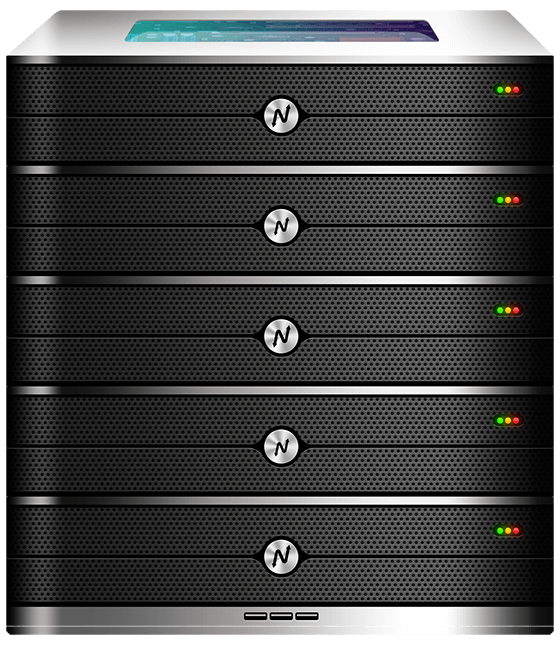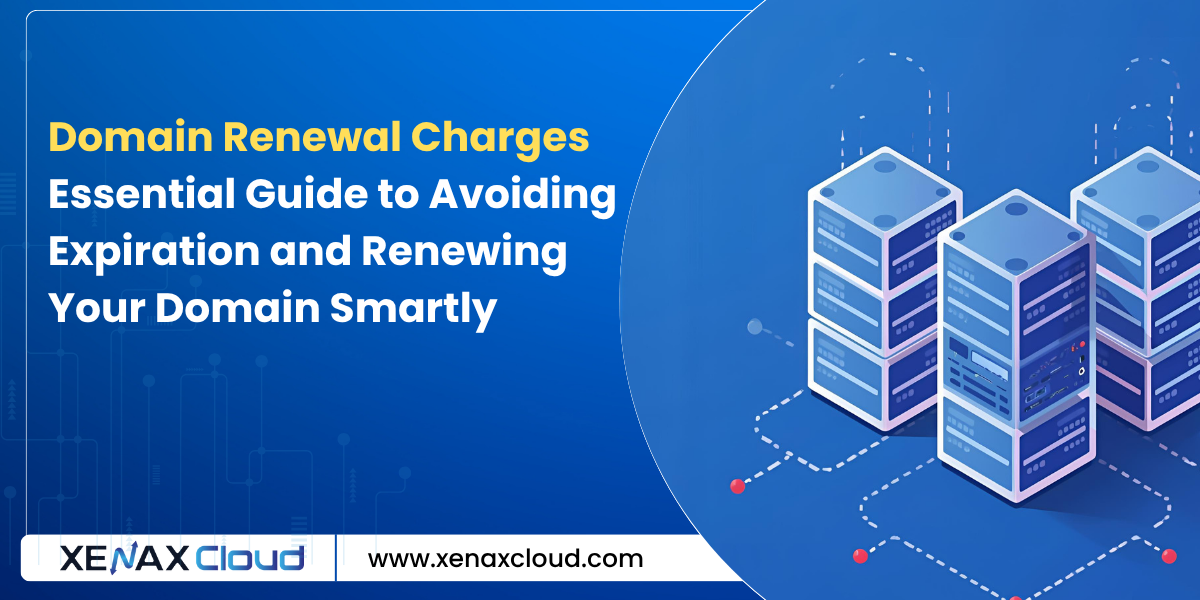Ever woken up to find your website offline, emails bouncing, and customers confused—all because you missed a simple renewal notice? It’s a nightmare scenario that’s all too real for many. Picture a startup in Bangalore launching a groundbreaking app, only to lose its domain mid-campaign, or a developer in Silicon Valley seeing years of SEO work vanish overnight. In our hyper-digital world, where online presence drives 70% of business leads, understanding domain expiration dates and how to renew your domain isn’t optional—it’s survival.
This hits home for businesses, startups, and developers in India, the USA, UAE, UK, Germany, Japan, Canada, Switzerland, France, and worldwide because domains are your digital real estate. Miss the renewal, and you risk losing brand identity, traffic, and revenue—consequences that can cost thousands, as per industry reports showing expired domains lead to 20-30% drop in conversions. Domain renewal charges, typically $10-20 per year for popular extensions like .com, seem small but forgetting them amplifies risks amid rising cyber threats where squatters snatch lapsed names. In India, with over 800 million internet users, local regulations add urgency, while global players face cross-border compliance. At XenaxCloud, our India-based global services make domain management easy, pairing renewals with robust hosting. Whether cutting domain renewal charges in cost-conscious UAE or securing assets in tech-savvy Japan, this guide empowers you to stay ahead. Let’s explore the ins and outs, from checking expiration to smart renewal strategies.
Understanding Domain Expiration Dates
Before we talk renewal, let’s demystify domain expiration dates. Think of your domain as a lease on a prime online spot—it comes with an end date, usually one to ten years from registration, set by your registrar like GoDaddy or Namecheap.
A domain expiration date is when your registration lapses if not renewed. Most start with a one-year term, but you can extend it. Checking this date is crucial to avoid surprises.
How to Check Your Domain Expiration Date
No tech wizardry needed—several free tools make it simple.
- WHOIS Lookup: Head to sites like whois.icann.org or whatsmydns.net. Enter your domain, and it’ll show the expiration date, registrar, and more. It’s like a public record for domains.
- Registrar Dashboard: Log into your account at Namecheap or GoDaddy—they display expiration clearly on your domain list.
- Online Checkers: Tools like Site24x7 or WebsitePlanet’s free checker let you paste the URL and get instant info, including days left until expiry.
For businesses in Canada managing multiple sites or developers in France coding for clients, regular checks prevent downtime. Pro tip: If your domain is privacy-protected, WHOIS might hide details, so always verify via your registrar.
What Happens When a Domain Expires?
Expiration isn’t instant doom—there’s a timeline, but ignoring it has consequences.
First, a grace period (usually 0-45 days post-expiration) where you can renew at standard domain renewal charges without penalty. Your site stays live, but act fast.
Next, redemption (30-90 days): The domain is “parked,” site goes down, and renewal jumps with fees—$80-150 extra, per experts.
Finally, deletion: After redemption, it’s auctioned or released, open to anyone. Squatters might grab it, demanding thousands to sell back.
Consequences? Lost traffic (Google drops rankings), broken emails, damaged trust. A study notes businesses lose $10,000+ annually from expired domains. For startups in India or e-com in the UK, this could derail growth.
The Basics of Domain Renewal Charges
Domain renewal charges are the fees to extend your lease. They’re straightforward but vary by TLD (top-level domain like .com) and registrar.
In 2025, average charges hover $10-20 per year for .com, per sources like Hostinger and Name.com. Premium TLDs like .io or .ai cost $30-100, while country codes (.in for India) are $5-15.
Factors Affecting Domain Renewal Charges
Not all renewals are equal—here’s why prices differ.
- TLD Type: Generic like .com are cheaper ($12-18) than niche like .tech ($40-50) or .ai ($70-100).
- Registrar Pricing: Name.com offers .com at $12.99, while others add markups. Watch for promo vs. renewal rates—intro $5, renewal $15.
- Multi-Year Discounts: Renew for 2-10 years to save 10-20%. ICANN caps at 10 years max.
- Add-Ons: Privacy protection ($5-10/year) or premium DNS ($20+) bump costs.
- Currency and Taxes: In UAE or Europe, add VAT; Indian users pay GST on rupee pricing.
For developers in Germany building apps or businesses in Japan, comparing registrars via TLD-List saves money. Aim for transparent providers—no hidden hikes.
At XenaxCloud, our Domains service starts registrations at ₹99, with renewals matching market rates—bundle with hosting for deals.
Hidden Costs in Domain Renewal
Beyond base charges, watch for extras.
- Late Fees: Miss grace? Redemption adds $100+.
- Transfer Costs: Switching registrars during renewal? $10-20.
- Premium Domains: If yours is “valuable,” renewal could spike if resold.
Budget wisely—annual domain renewal charges are low, but lapses aren’t.
Why Renew Your Domain on Time?
Renewing isn’t just paying—it’s protecting your investment. Here’s why timeliness matters.
Preserve Your Online Identity
Your domain is your brand. Expiry means losing it to competitors or squatters, rebuilding from scratch.
- SEO Impact: Google sees a new site, dropping rankings built over years.
- Customer Loyalty: Broken links frustrate users, pushing them elsewhere.
For e-com in the USA or services in Switzerland, this erodes trust fast.
Avoid Financial Losses
Downtime from expiry costs—e-com loses $100/minute, per reports. Plus, redemption fees eat profits.
- Email Disruptions: Business emails fail, missing deals.
- Ad Campaigns: Paid traffic to dead links wastes money.
Startups in India, where digital growth is 25% yearly, can’t afford this.
Legal and Security Risks
Expired domains attract hackers for phishing. Renew to maintain control.
- Trademark Protection: Lapsed names invite disputes.
- Data Compliance: In EU (GDPR) or Australia, lapses risk fines.
Global devs in Canada or France, renew to stay compliant.
Step-by-Step Guide: How to Renew Your Domain
Renewing is easy—here’s how, explained simply.
Step 1: Check Expiration Date
Use WHOIS or your dashboard. Note it 30 days ahead.
Step 2: Log Into Your Registrar
Access Namecheap, GoDaddy, or similar. Find “Renew” under domains.
Step 3: Select Renewal Term
Choose 1-10 years. Longer saves on domain renewal charges.
- Pay via card/PayPal. Confirm auto-renew if offered.
Step 4: Update Details
Ensure contact info is current—ICANN requires it.
Step 5: Verify Confirmation
Email receipt arrives; check updated expiration.
For multi-domains, bulk renew. If expired, contact registrar ASAP—grace periods help.
XenaxCloud users: Link your Domains to hosting for one-dashboard management.
Best Practices to Renew Your Domain Automatically
Don’t rely on memory—automate.
Enable Auto-Renewal
Most registrars offer this—set it, and charges hit your card pre-expiration.
- Pros: No misses. Cons: Watch for price changes.
Set Calendar Reminders
Use Google Calendar or apps for alerts 60, 30, 7 days before.
Consolidate Domains
Manage all under one registrar for easier tracking.
- Tools like Domain.com’s dashboard help.
Multi-Year Renewals
Lock in rates—avoid future hikes, as seen with .com rising 7% yearly.
Monitor for Changes
Registrars notify price increases—switch if needed.
For resellers, our Reseller Hosting includes domain tools.
Common Mistakes in Domain Renewal and How to Avoid Them
Pitfalls abound—sidestep them.
Ignoring Emails
Registrars send reminders—check spam.
Solution: Whitelist their address.
Forgetting Multi-Domains
Track all—use spreadsheets or apps.
Overlooking Price Hikes
Renewals can rise—budget accordingly.
Not Updating Info
Old emails miss notices—keep current.
Delaying Post-Expiration
Grace is short—renew immediately.
Domain Renewal for Different TLDs
Charges vary by type.
gTLDs like .com, .net
$10-20/year—standard, easy renewal.
ccTLDs like .in, .ca
$5-15—often stricter rules.
New TLDs like .app, .io
$15-50—premium but trendy.
.ai: $70-100, popular for tech.
Renew processes similar, but check registrar support.
The Role of Hosting in Domain Management
Domains and hosting go hand-in-hand—renew one, optimize the other.
At XenaxCloud, bundle with Shared Hosting for seamless sites.
For power users, VPS or Dedicated Servers ensure uptime.
Remote management? Indian RDP.

FAQs
What are typical domain renewal charges for .com domains?
Domain renewal charges for .com average $10-20 per year in 2025, varying by registrar. Always check for multi-year discounts to lower costs effectively.
How can I check my domain expiration date quickly?
Use free WHOIS tools like whois.icann.org or Site24x7—enter your domain to see the expiration date, registrar details, and renewal status instantly.
What happens if I don’t renew my domain on time?
Failing to renew leads to grace periods, then redemption with high fees ($80+), and eventual deletion. You risk losing your site, emails, and SEO rankings.
Is it better to renew your domain for multiple years?
Yes, multi-year renewals lock in current domain renewal charges, avoid hikes, and reduce forgetfulness risks—up to 10 years max for most TLDs.
Can domain renewal charges increase over time?
Yes, registrars may hike domain renewal charges due to registry fees or demand—monitor emails and consider switching for better deals.
How does XenaxCloud help with domain renewals?
Our Domains service offers easy renewals at competitive rates, with reminders and bundling options for hosting to streamline management.
Conclusion
Mastering domain expiration dates and navigating domain renewal charges keeps your online world spinning smoothly. From checking dates to auto-renewing, these steps safeguard your brand globally.
Ready to secure yours? Explore XenaxCloud’s domain and hosting solutions today—start with Domains for hassle-free registrations and renewals. Contact us for personalized advice and never miss a beat!






